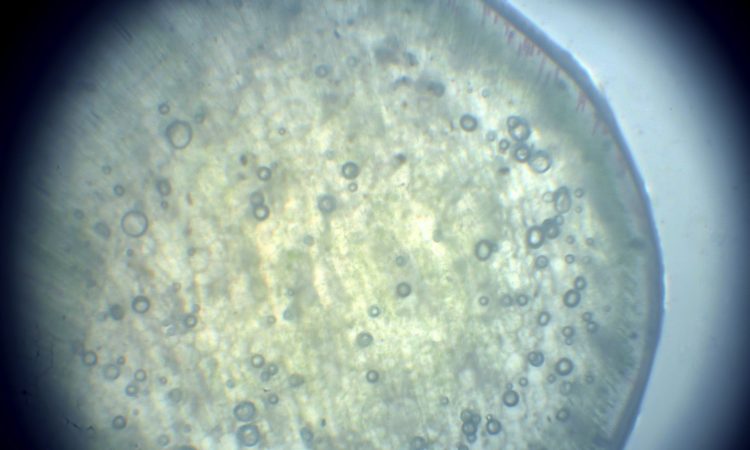
Over the past few years, scientists have repeatedly demonstrated that the cells of various organisms can be reconfigured into biological robots, representing amazing advances in the field of synthetic biology.
Some types of robots, such as anthrobots, used human cells that could self-assemble into small, hairy structures that could move on their own. Others, like the xenobots, are a little weirder: scientists created them from the cells of already dead frogs, which seem to have cheated death by remaining capable of performing simple tasks and even replicating themselves.
Now, in a new analysis published in the journal , researchers look at the implications of taking cells—from dead or living organisms—and essentially turning them into machines with entirely new functions. Namely, that this points to a biological “third state”—one that does not neatly fit into the categories of life and death.
“The third state defies how scientists understand it,” biologists Peter Noble and Alex Pozhitkov, co-authors of the report, wrote in an essay for The Conversation.
Cells of different organisms can be reconfigured
The fact that biobots have developed new functions is what really sets them apart, because “there are few cases where organisms change in ways that are not predetermined,” the researchers write.
While other transformations, such as the metamorphosis of caterpillars into butterflies, are radical, they are still part of a predetermined biological pathway. , also excluded, as they do not present new features either.
Although the antrobots, for example, were derived from human lung cells, they were somehow able to repair damaged neuronal cells placed nearby in a petri dish, which they were able to move around on their own using contorted, hair-like projections. called cilia. The antrobots weren’t designed or programmed to do this – they just did it themselves.
The biological “third state”.
The xenobots also developed cilia-based mobility, which is new because, according to the researchers, in the frog cells they came from, cilia are used to move mucus, not the cells themselves. Xenobots are also capable of self-replication without growing or essentially repairing themselves.
“Taken together, these findings demonstrate inherent plasticity and challenge the idea that cells and organisms can only evolve in predetermined ways,” wrote Noble and Pozhitkov. “The third state suggests that the death of the organism may play a significant role in how life transforms over time.”
Both types of biobots last no more than 60 days and biodegrade safely once they’re dead. But it’s not clear how these recycled cells are able to live so long after their body dies, the researchers said. We also don’t know the extent of their ability to develop new functions postmortem, he writes.
All of this sounds very scary, but the medical and therapeutic possibilities that could be unlocked by exploring these questions could be a game-changer. Antrobots created from a human patient’s own cells could be programmed to repair damaged cells, deliver drugs and remove cancerous growths.

